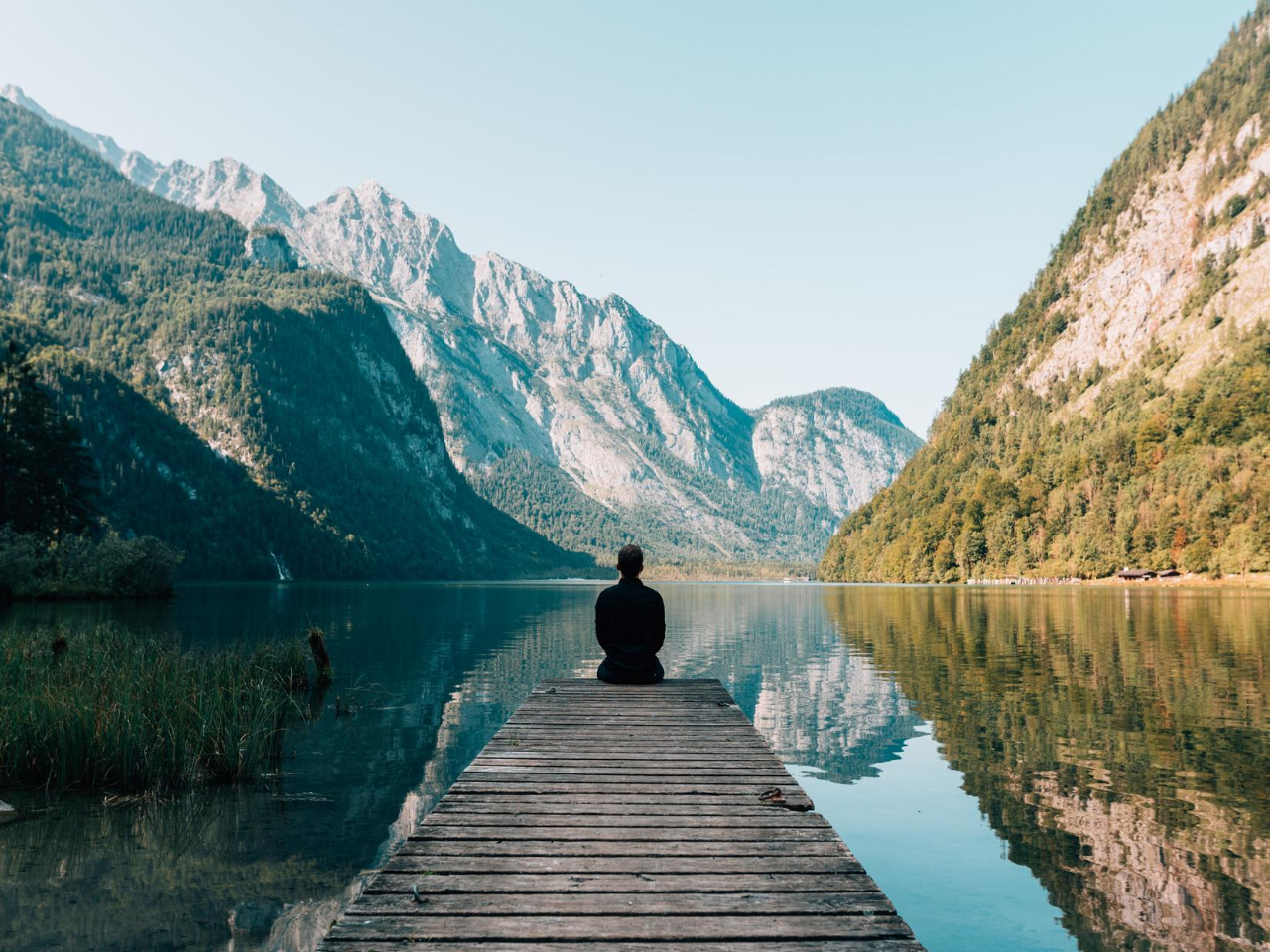
When you are planning a trip abroad with sustainability in mind, it can sometimes be complex and hard to execute. You may think of options like a group trip, head to a particular destination you think is more sustainable, or look for ways to make a positive impact when you arrive. Thankfully, some travel organizations, […]
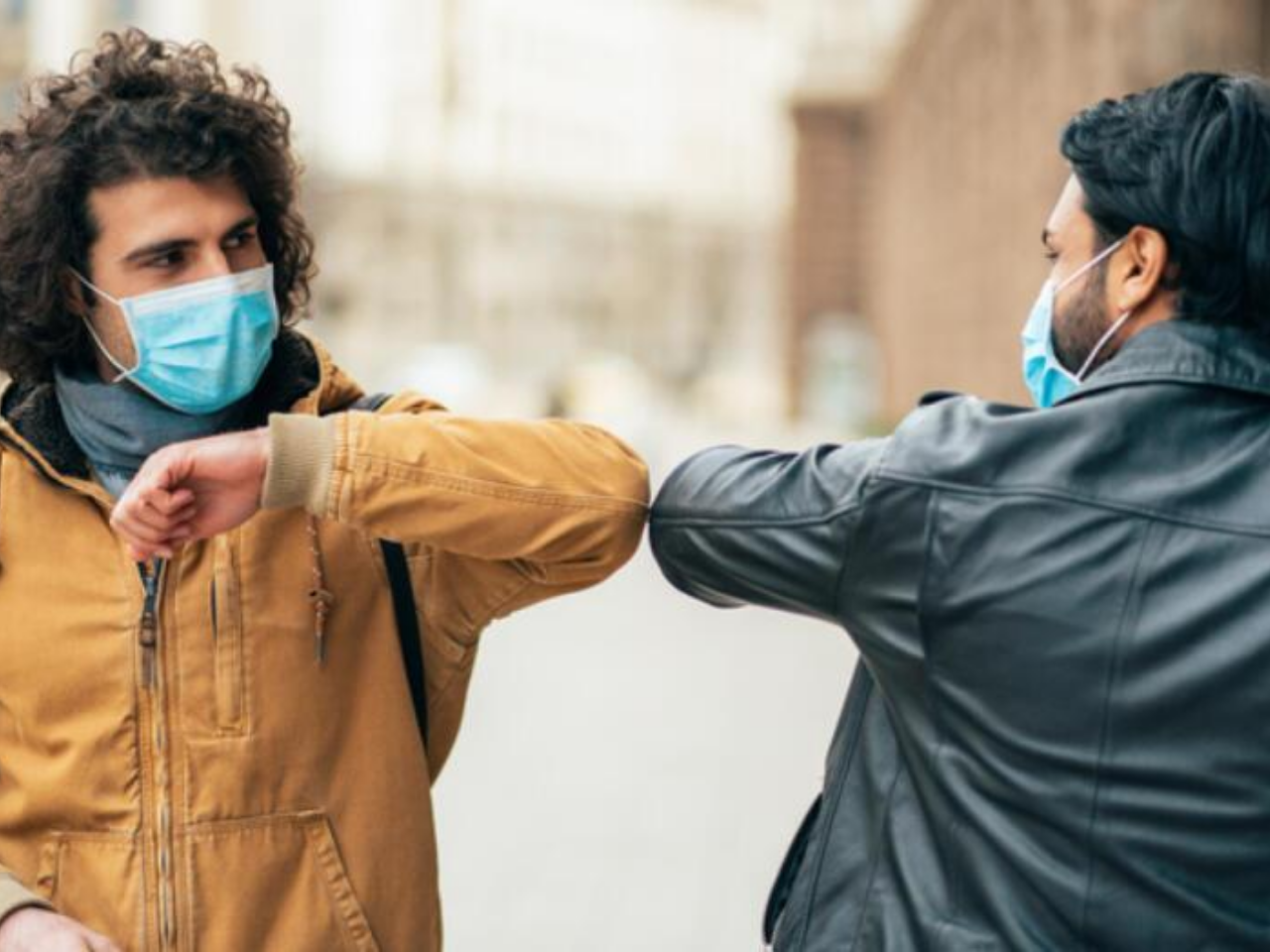
In America, what’s a common way for a person to greet someone? A usual “Hi! Nice to meet you!” followed by a handshake is what many would think of when asked that question. What started as a Greek symbol of peace has became an everyday action now, but how do you feel about the new […]
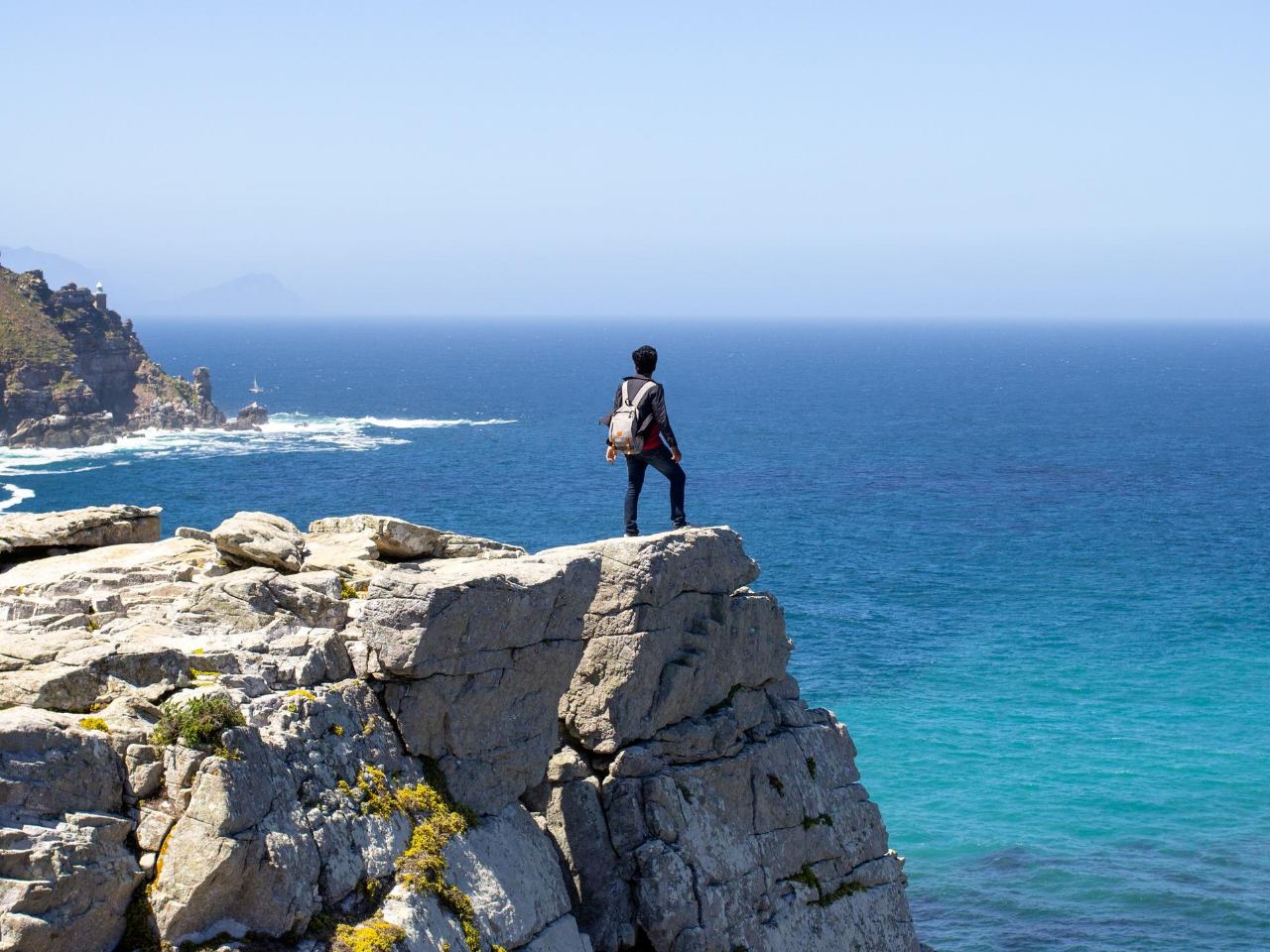
How can you make ordinary trips across America more unique and fun? Look for hidden gems scattered around each state! Though tourist spots like museums, bustling cities, landmarks, theme parks, or national monuments are often highlights of a destination, hidden gems like the ones listed below, can turn your traveling experience from memorable to unforgettable! […]
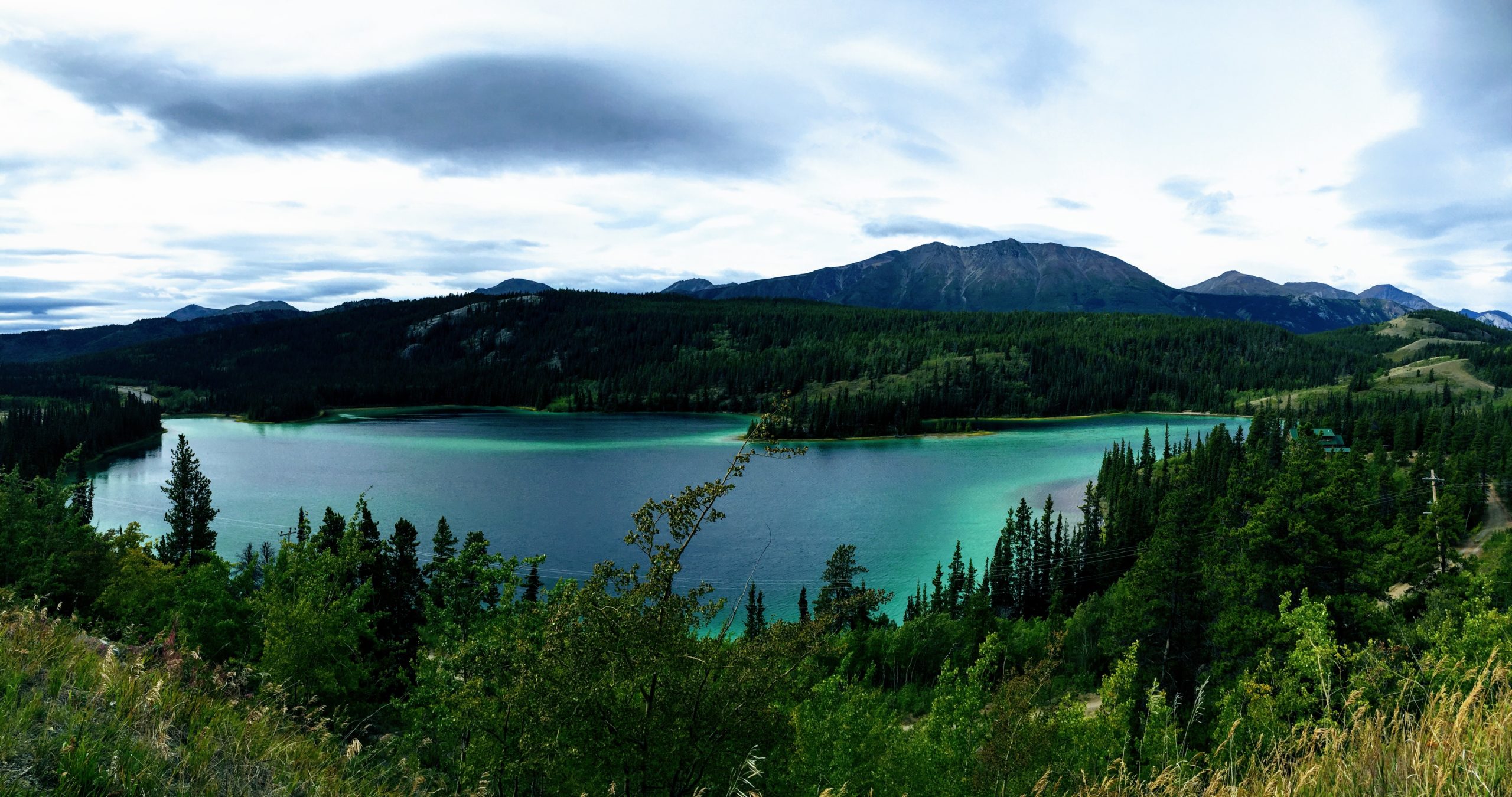
Popular destinations across the globe are virtually capturing their highlights, so that people can still travel, even if it’s from the comfort of their own home. With the numerous travel restrictions in place and a major chunk of time being spent at home, virtual experiences of exotic places around the world can uplift spirits by […]
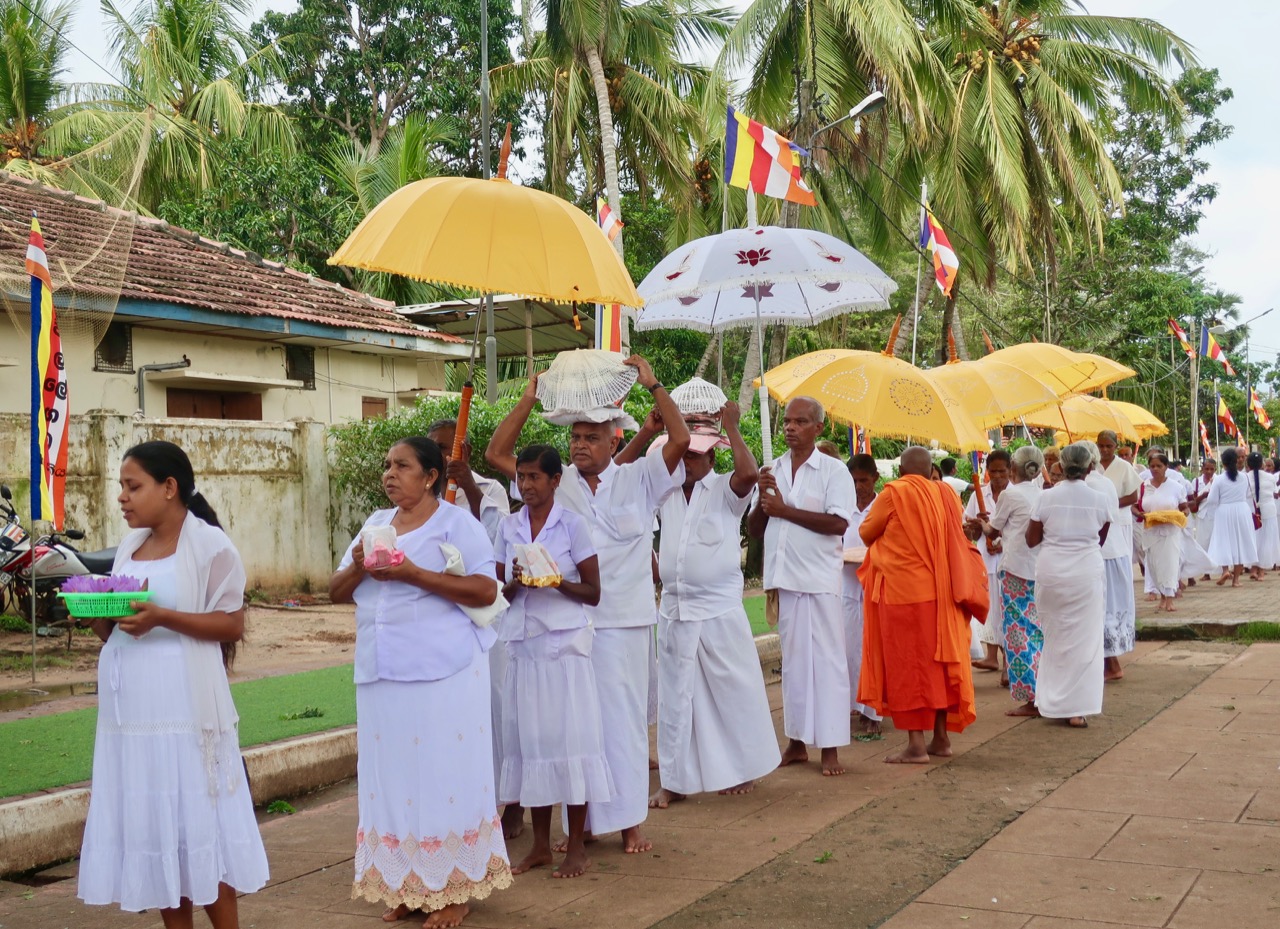
When you think of Sri Lanka, you may picture a tropical island dotted with sandy beaches, wildlife reserves filled with elephants, coconut groves, spice and tea plantations. Surely, the small island located just south of India merits all these, but there’s also three thousand year old temples, palaces and caves to explore. Here are some […]
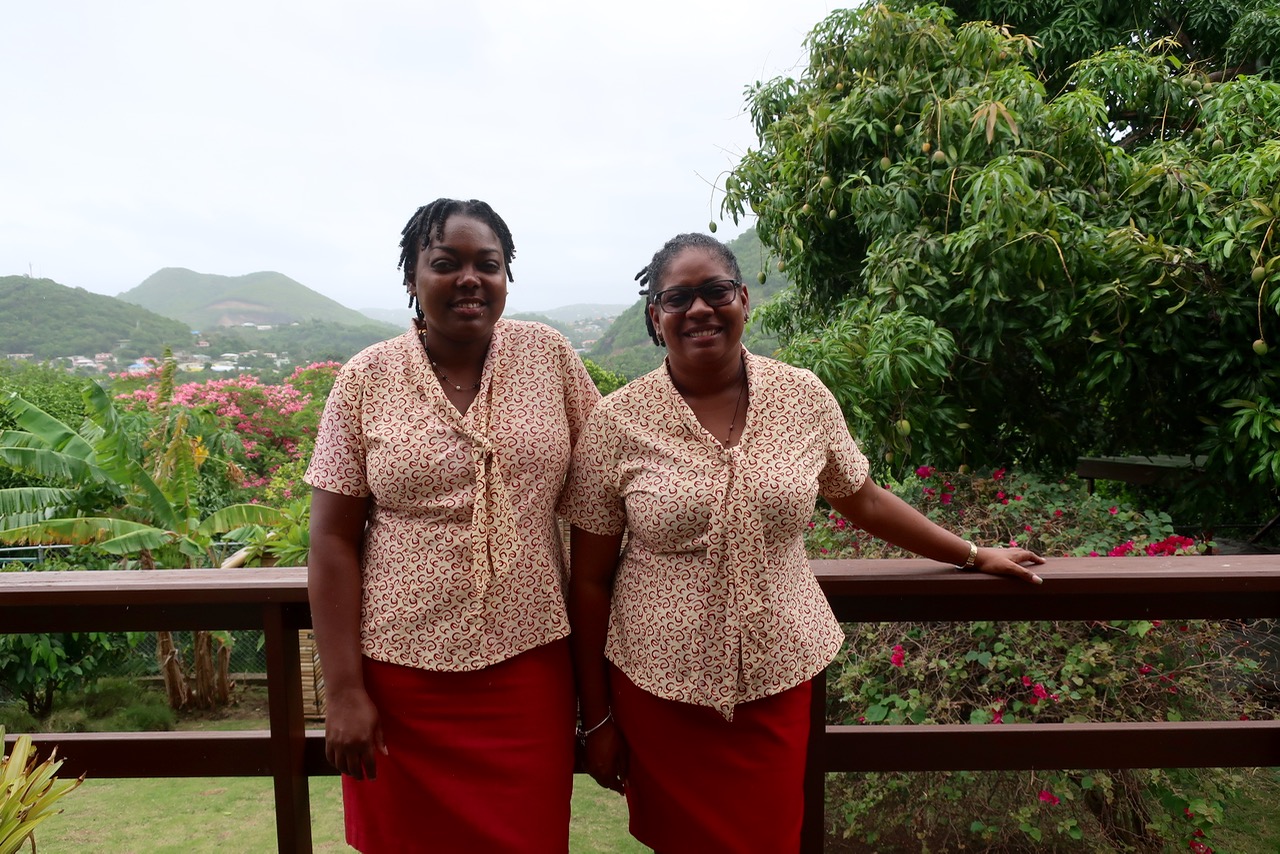
If you manage to leave your resort in St Lucia, one of the neat places to explore the heritage, culture and beauty of the island is at Greenwood Terrace. This historic home has been converted into a museum, garden, cooking school and offices of local tour company, Barefoot Holidays. When you first enter the 2-story building, […]

If you have walked around the streets in Japan, you may have spotted a beautiful lady dressed in a kimono with white painted face and her hair pinned up in a bun. Perhaps she was a Maiko or a Geisha, an integral part of Japanese culture and society. In the western world, perception of these […]
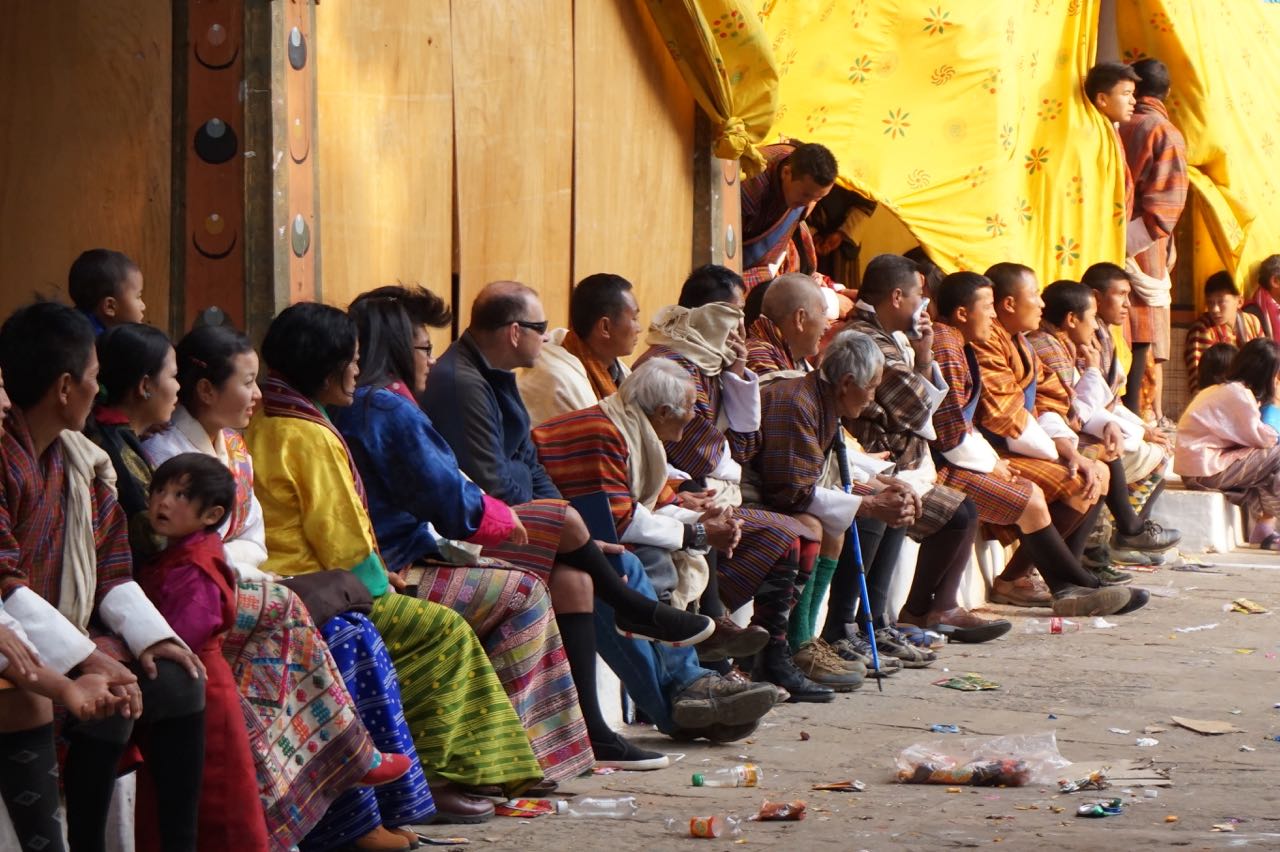
Up until recently, when I visited the tiny country of Bhutan, it remained a mystery to me. I pictured this magical place where the entire nation practices Buddhism, animals roam free through the protected forests, and everyone is happy and content all the time. Some of the movies I watched also suggested that one becomes very […]
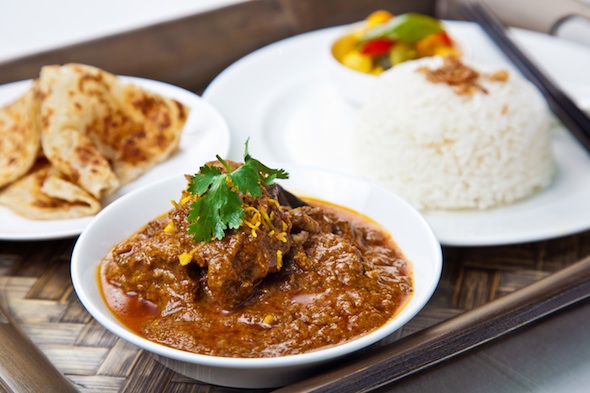
Indonesia is a country brimming with sights, shopping, and fabulous food. As a country known for its diverse use of spices, its cuisine is one of the most colorful and vibrant of any in the world. Here is a quick overview of some of the most traditional and popular foods of Indonesia, and some of […]
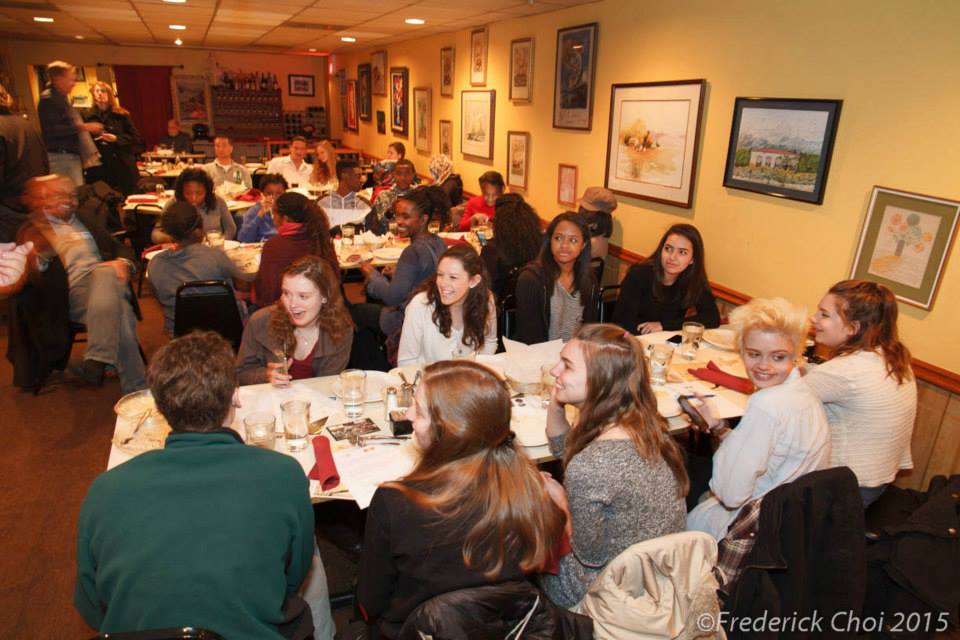
Go Eat Give had the pleasure of welcoming a new group of attendees to Destination Lebanon at Nicola’s Restaurant last week! The Greening Youth Foundation, a non-profit that works with underserved and underrepresented children to create overall healthy communities, attended the event bringing 15 students from Grady High School in Atlanta. And, this will […]
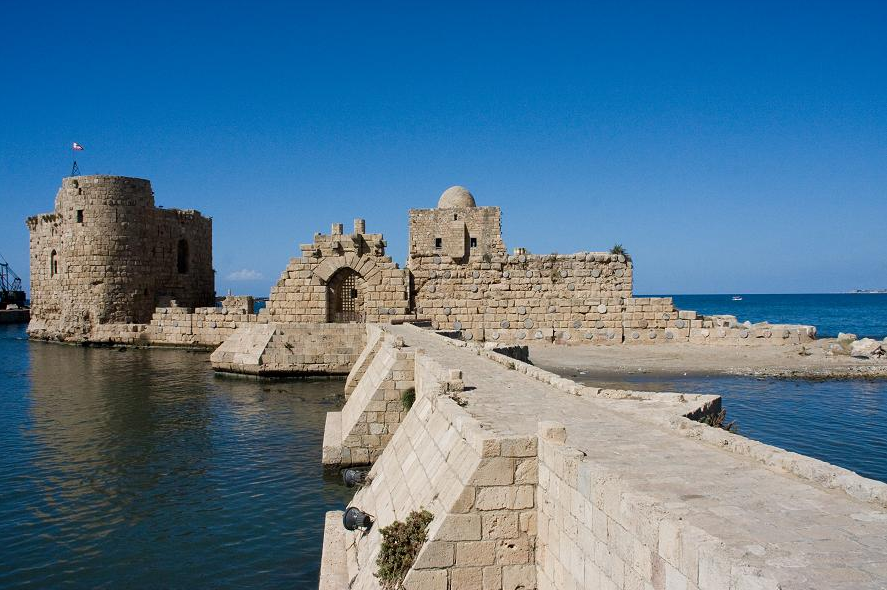
Lebanon is a beautiful country in the Middle East, bursting with history, great food, and great culture. It being a classic traveler’s destination, how can you decide where to go and what to see? Since planning a trip can be quite the task, Go Eat Give has named the nine must see cities in Lebanon for […]

Sati, meaning “good wife” in Sanskrit, refers to a very interesting and ancient Hindu mourning ritual, which generates quite a bit of attention due to its historically radical means of an end. Sati is a ceremony that was practiced after the death of a woman’s husband, during which the mourning woman was required to be […]
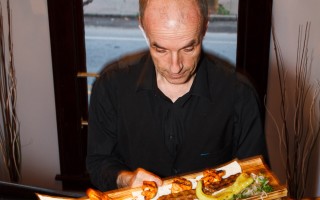
As part of our monthly focus on cultures in Atlanta, Go Eat Give hosted Destination Turkey an evening to discuss the cuisine, culture, travel and issues in Turkey. The event was held at Cafe Mezo, a Midtown establishment opened in January 2014 by two brothers who migrated from Istanbul. Kemal, one of the brothers, was […]
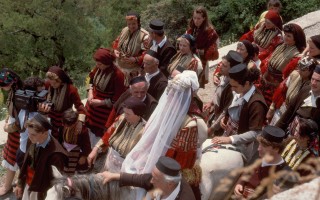
The Galičnik Wedding Festival is an annual festival held in the Macedonian village of Galičnik, in which a selected couple gets married in the traditional “Galička” style wedding. Traditionally the wedding lasted for 5 days with the main activities on St. Peter‘s Day (12 July) every year. It was the only period of the year when couples got married. […]
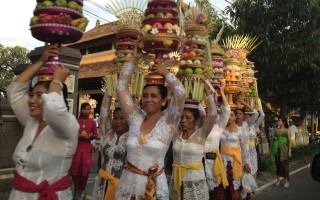
I arrived in Bali during an auspictious time. The streets were decorated with bamboo poles and prayer offerings were everywhere. I saw processions of women carrying towers of food and flowers; groups of kids of all ages playing the gamelan; and processions taking Barong (mystical beast) through the streets. In fact, every home and business […]
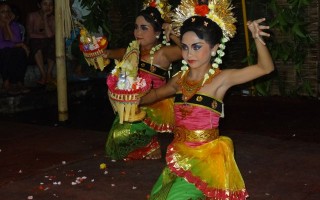
Go Eat Give volunteers in Bali were invited to a family temple in Sukawati village for a ceremony and festivities. This temple celebrates its anniversary every six months, when all the village residents get together to pray and the little ones put up a performance of music and dance. Only the family members that are […]
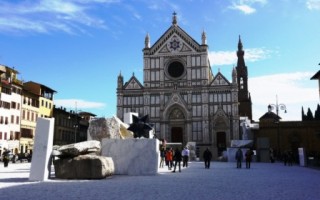
Last week, I attended Florens 2012, the Florence Culture and Heritage Week in Florence, Italy. It was one of the most memorable conferences I have attended so far, and for several reasons. One, I got to meet the other 5 winners of Team Florens who had come from around the world, namely USA, UK, Australia […]

Fondazione Florens has picked six international bloggers to go to Florence this November as part of the official ‘Team Florens’ including Sucheta Rawal, of Go Eat Give from Atlanta, GA! A number of Italian publications are calling Go Eat Give “one of the most influential blogs on culture in the world” and are very excited […]

Although New Mexico is one of the oldest states in the continent United States, its cuisine is very different from the rest of the country. Influenced by Spanish and Mexican settlers, the modern day New Mexican cuisine sits in a league of its own.
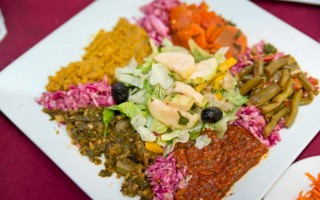
Go Eat Give’s first monthly cultural awareness event was held at Imperial Fez restaurant last night, and it was a huge success! While the Real Housewives of Atlanta filmed at the restaurant, we had our own private section in a royal Moroccan tent-like setting. As twenty-five or so sat on comfortable cushions and low over sized chairs, […]